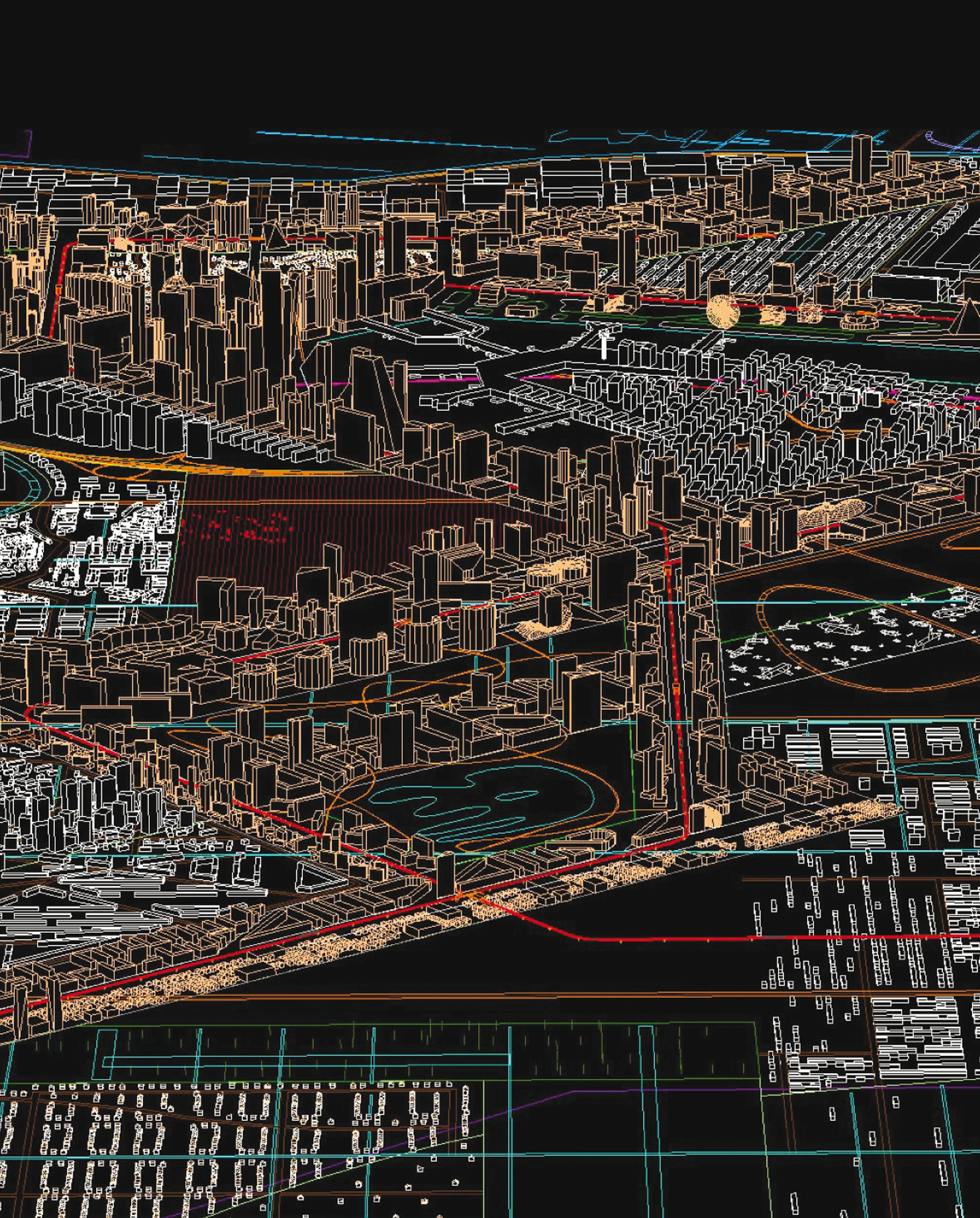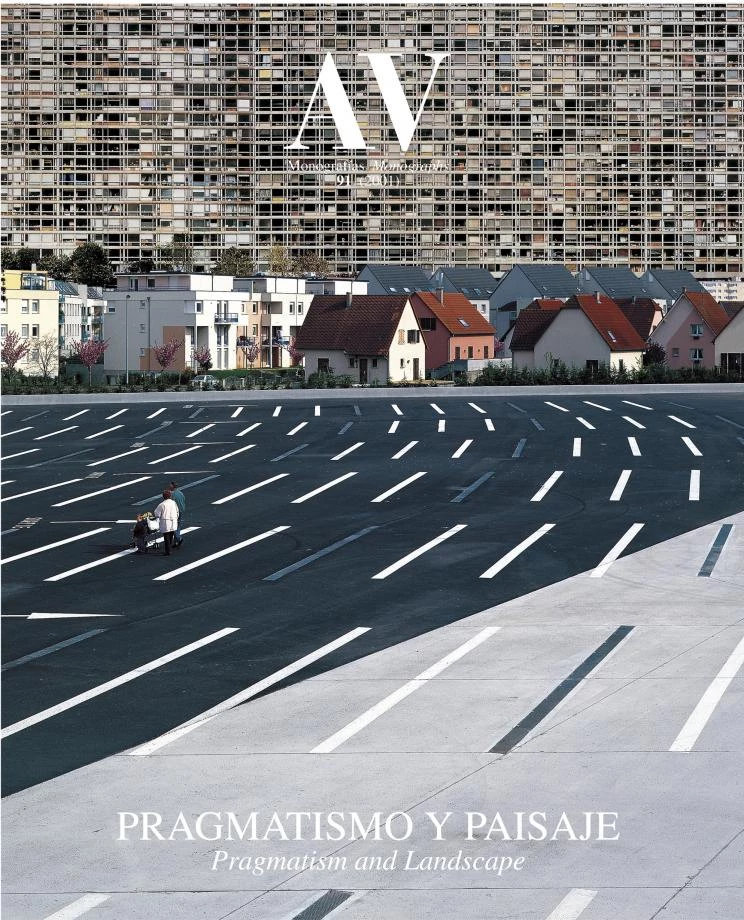Schiphol S, Amsterdam
OMA - Office for Metropolitan Architecture- Type Airport Infraestructure Landscape architecture / Urban planning
- City Amsterdam
- Country Netherlands
Not long after Julian Barnes had created a replica of his own country in an island on the canal of La Mancha for the novel England, England, OMA – spearheading a multidisciplinary group – presented a survey on certain parallels with the universe that the fictitious magnate Sir Jack Pitman dreamt about. The survey – commissioned by KLM airlines and the Schiphol Group – explores the consequences that moving the airport of Amsterdam to a newly created island on the North Sea would have, in an attempt to impose itself on those of Heathrow in London, Charles de Gaulle in Paris and Frankfurt in the struggle to become Europe’s first air interchange. In keeping with the Dutch tradition of drawing its own geography, the intervention favors the free growth of the airport, but above all, it would have a series of unprecedented consequences for the development of the country as a whole.
Located in the Randstad – the area of suburbs and bedroom communities around Amsterdam’s periphery – the airport relocation would free 625 square kilometers amidst one of the world’s most heavily populated areas, leaving a strategic void whose partial urbanization was suggested with densities above those common to Europe, aiming at putting an end to the dispersion that characterizes the Dutch landscape. Around this built nucleus, the open space left would be taken up by a large park, providing the country with a new green core. As happens in the imaginary adventure by Barnes, the intervention would have as consequence two parallel urban situations, one at sea and the other inland.
Ten to fifteen kilometers from the coast, the artificial island (of which two Asian precedents exist, that of Kansai airport at Osaka and that of Chek Lap Kok in Hong Kong) would join its alter ego on solid ground by a bridge or tunnel that would act as a sort of umbilical chord. The new territory at sea would be set out as a programmatic landscape that blends the wide range of commercial, administrative and recreational activities in one collage. Of its 100 square kilometers, half would be devoted to uses linked to the airport while the rest would gather spots and archetypal elements of the Netherlands – like the Keuhenhof tulip fields or the Zandvoort formula one circuit – and replicas of other international references – the casinos of the Las Vegas Strip, Silicon Valley, Hollywood – presenting a patchwork landscape of facsimiles whose contents are close to those of theme parks... [+]
Cliente Client
KLM, Schiphol Group
Arquitecto Architect
Rem Koolhaas / OMA
Colaboradores Collaborators
Reinier de Graaf, Jens Hommert, Mateo Poli, Adam Kurdahl, Anna Little, Bert Karel Deuten; Made by Mistake, Caludi Cornaz, HansWerlemann (maqueta model)
Fotos Photos
Dominik Gigler







